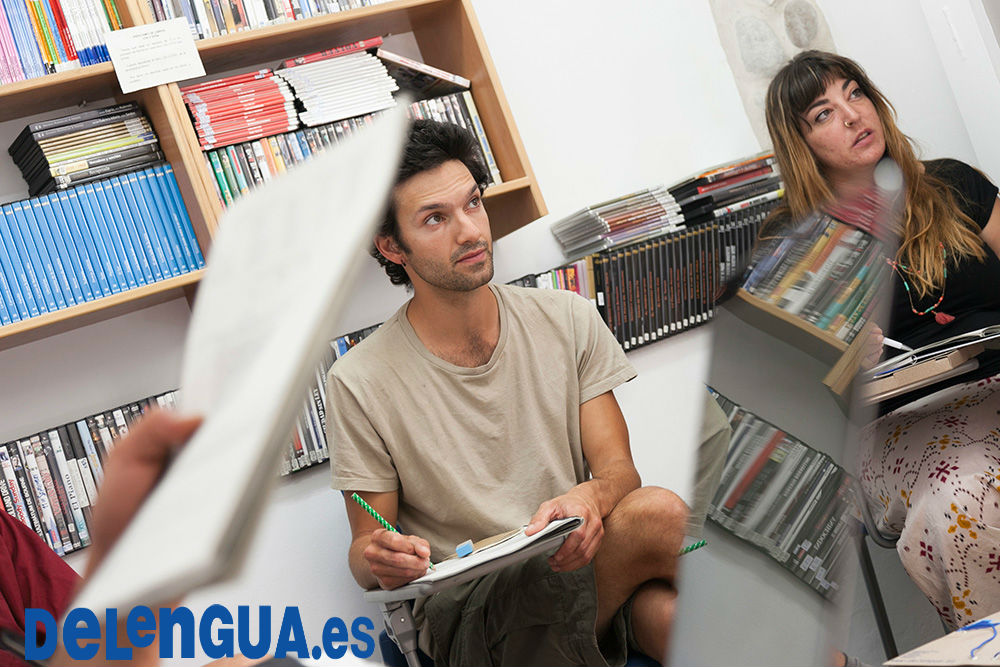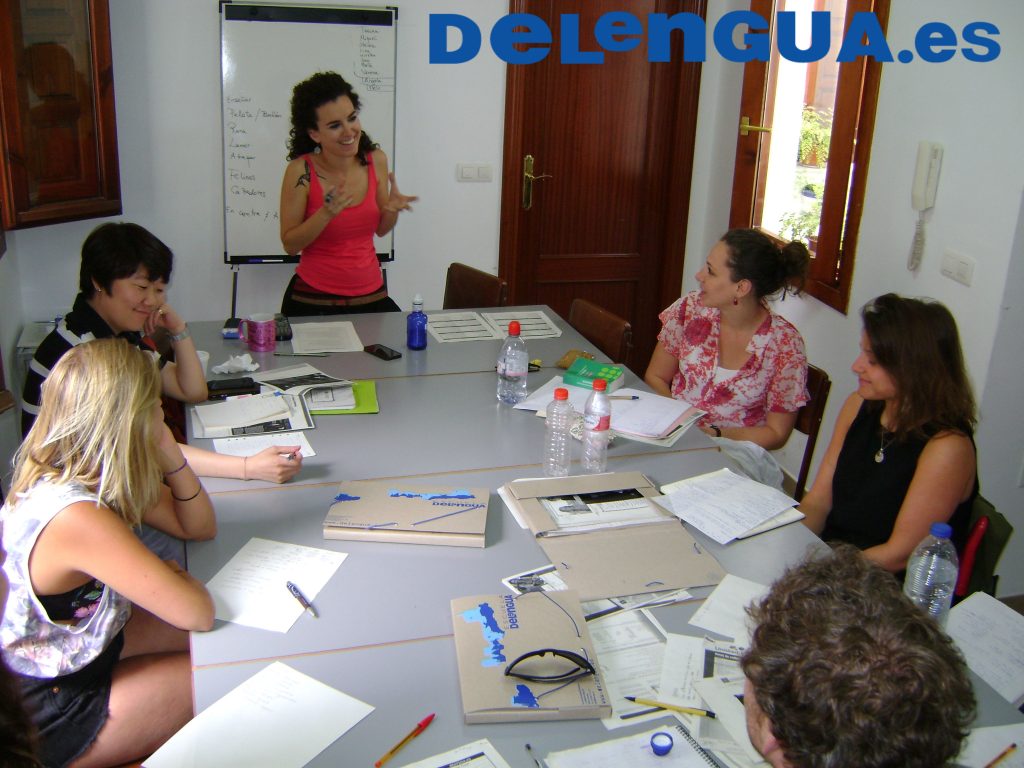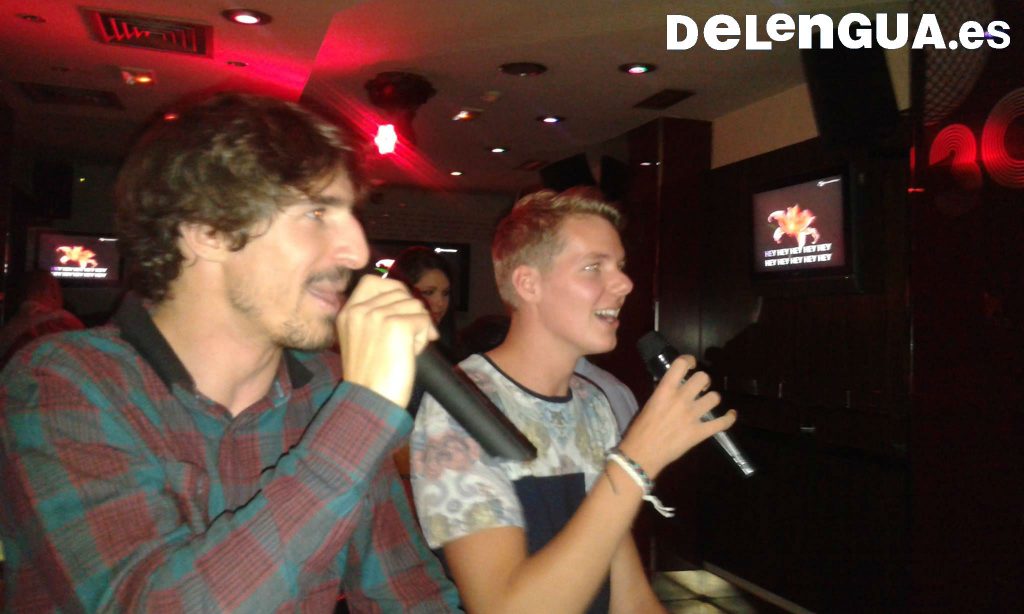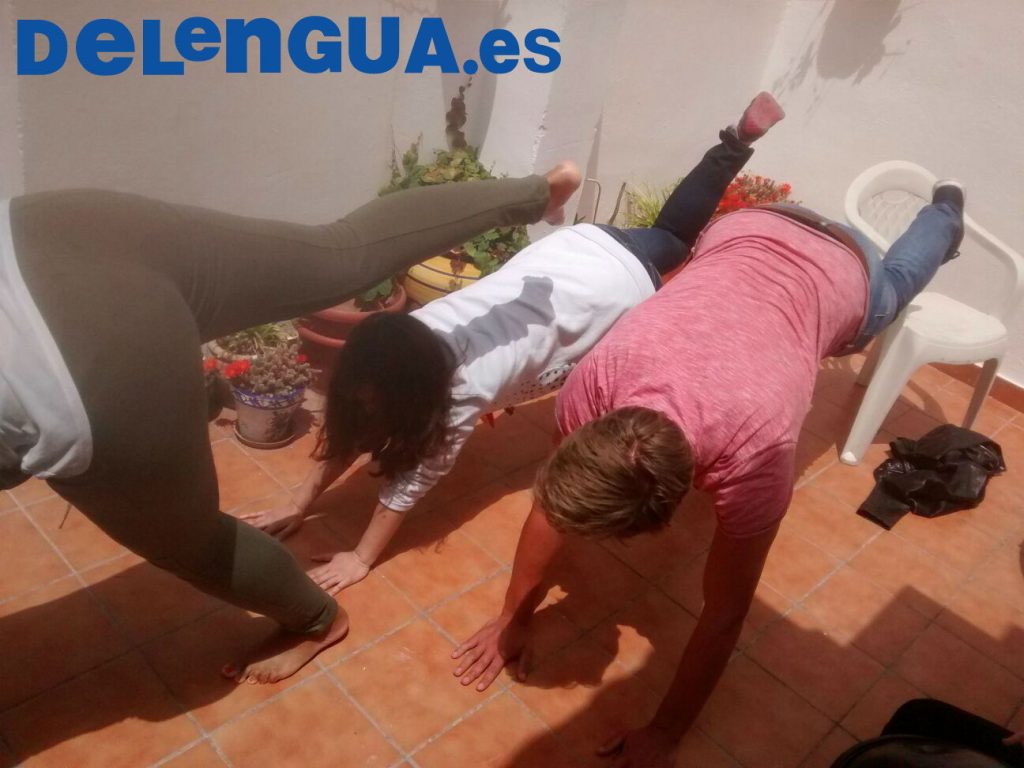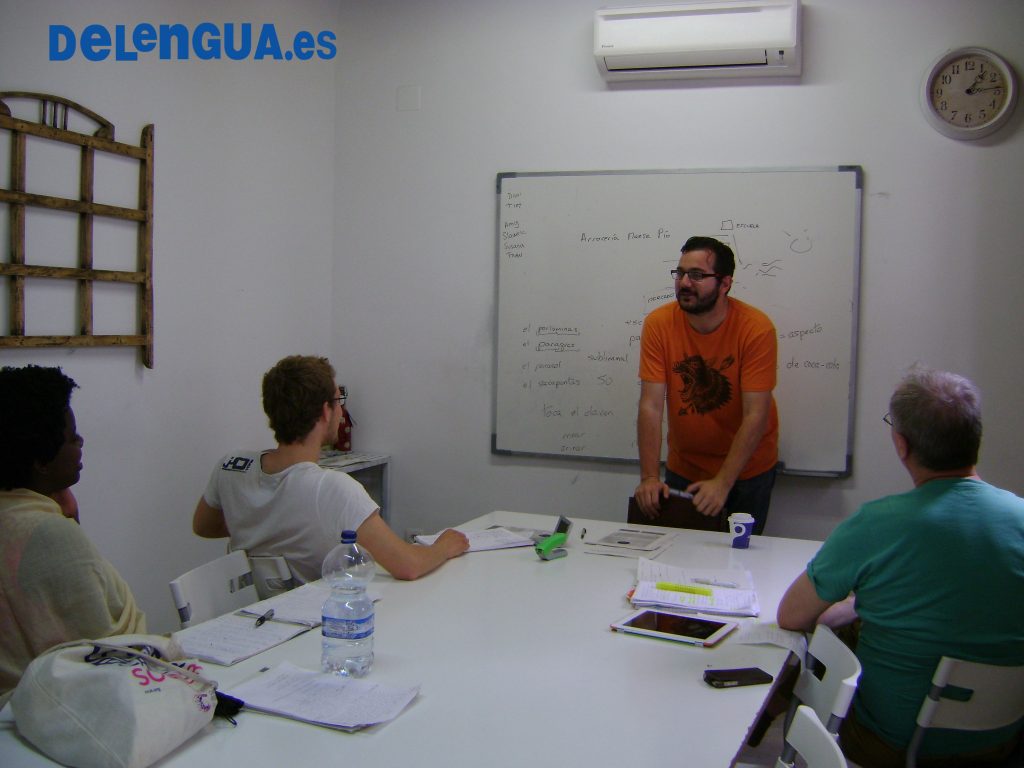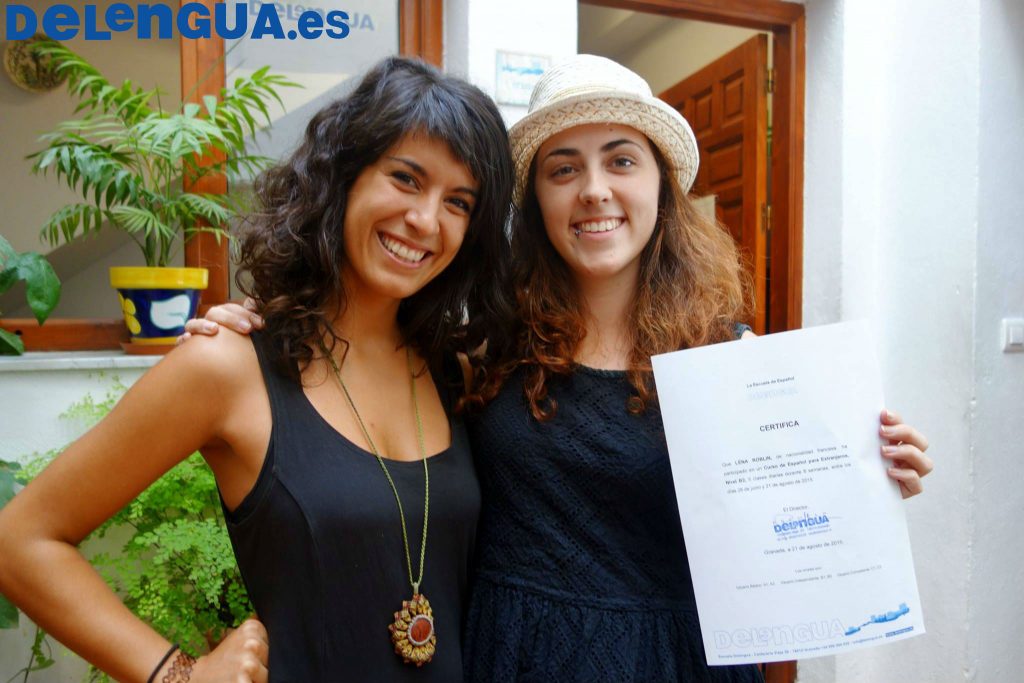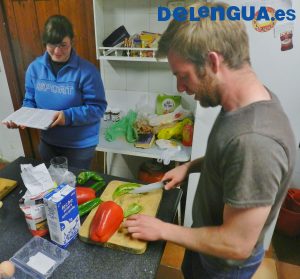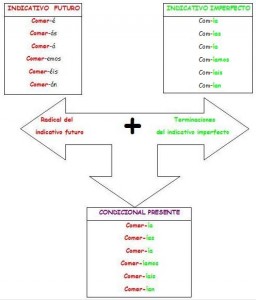| Español | English | |
|---|---|---|
| Con el condicional se expresa condiciones, solicitudes, consejos, fórmulas de cortesía. También se utiliza en conexión con verbos que expresan deseos. Por ejemplo: ¿Podría usted ayudarme? Deberías fumar menos. Me gustaría saber tocar el piano. Formar el condicional es muy fácil. Sólo hay que coger el verbo en el infinitivo (p.e. hablar) y añadir las terminaciones del Imperfecto (-ía, -ías, -ía, -íamos, -íais, -ían → hablaría). Como las terminaciones son iguales para los tres grupos de verbos regulares, la formación es idéntica.
Pero como en casi cada parte de la gramática española, también en el condicional hay excepciones. Las terminaciones de los verbos no cambian, pero sí que hay algunos verbos que se forman de un modo distinto. Hay tres variaciones. En un caso los verbos pierden la -e final. Por ejemplo querer se convierte en querr-ía y poder en podr-ía. Lo mismo ocurre con saber, haber y caber. En en secundo caso los verbos hacer y decir pierden la sílaba central: har-ía, dir-ía (decir también cambiar la -e a una -i). En el tercer caso la sílaba final se sustituye por una -d. Eso concierne poner, venir, tener, salir y valer que se convierten en pondr-ía, vendr-ía, tendr-ía, saldr-ía, valdr-ía. En general el uso del condicional está claramente definido. Pero si todavía tienes dudas prueba el material de aprendizaje gratuito de la Escuela Delengua. Bajo |
With the Conditional Mode you express conditions, requests, pieces of advice, polite expression and you use it in connection with verbs which express desire. For example: ¿Podría usted ayudarme? – Could you, please, help me? Deberías fumar menos. – You should smoke less. Me gustaría saber tocar el piano. – I would like to know how to play the piano. To build the Conditional Mode is very easy. You just have to take the verb in the infinitive form (f.e. Hablar) and add the end of the Imperfect (-ía, -ías, -ía, -íamos, -íais, -ían → hablaría). Like the finishing is equal for the three regular verb groups, it’s also the creation.
But like in almost every part of the Spanish grammar, also the Conditional Mode has got its expeptions. The ending of the verbs doesn’t change but there are some verbs which build the mode in a different way. There are three types of change. In one case the verbs loose the final -e. For example querrer changes in the Conditional Mode to querr-ía, poder changes to podr-ía. The same thing happens to saber, haber y caber. In the second type of change, the verbs loose their centre-syllable. In the case of hacer and decir this means, that they change in the Conditional Mode to har-ía, dir-ía – decir also changes the -e to an -i. In the third group there you have to replace the final syllable for a -d. Part of this group are poner, venir, tener, salir and valer. After the change to the Condititional Mode the verbs appear like: pondr-ía, vendr-ía, tendr-ía, saldr-ía, valdr-ía. In general the use of the Conditional Mode is clearly defined but if you still have doubts, try the free-learning-material of the language school Escuela Delengua. At http://www.delengua.es/spanish-courses-spain/free-spanish-resources.html you can find everything you need to study Spanish at home. To learn Spanish directly in Spain, come to Granada and learn Spanish with the language school Escuela Delengua. In the Andalusian city we will show more than the use of the Conditional Mode. |
For more information visit our website:
Search
Archives
-
Recent Posts
Tags
activities Alhambra Andalucía Andalusia Aprende español en España Aprende español en Granada Cine Español cinema cultura Cursos de espanol en Granada Cursos de español Cursos de español en España Cursos de lengua Cursos de lengua en España Cursos de lengua en Granada Delengua activities España español fiesta film flamenco Gramática Española / Spanish Grammar Granada hiking in the Sierra Nevada la lengua española Language courses language courses in Granada language courses in Spain learn Spanish learn Spanish in Granada Learn Spanish in Spain Pedro Almodóvar senderismo en la Sierra Nevada Sierra Nevada Spain spanish Spanish Courses Spanishcourses in Granada Spanish courses in Granada Spanish Courses in Spain Spanishcourses in Spain Spanish Grammar Spanish Language School the Spanish grammar the Spanish Language




